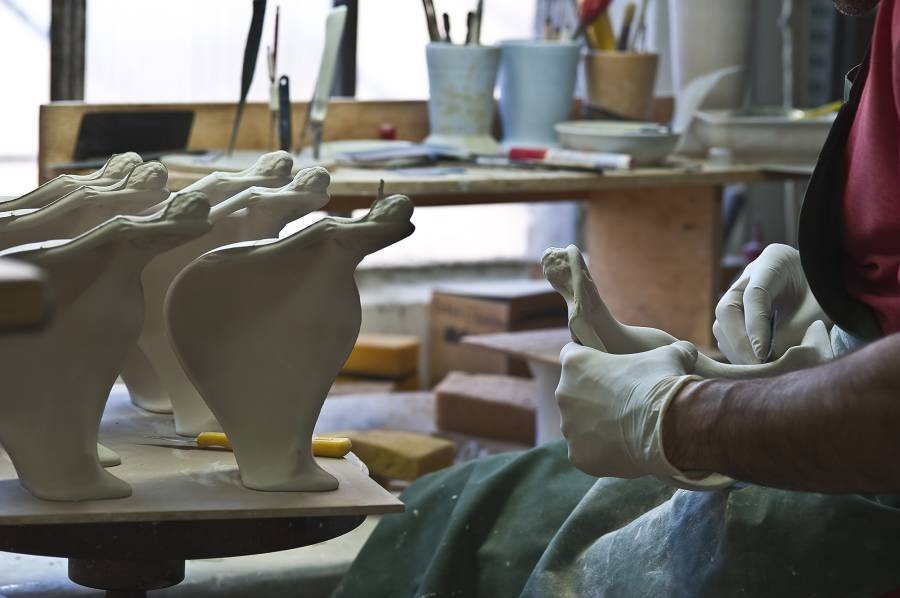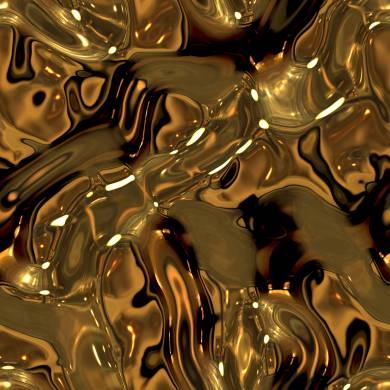A natural, waterproof, heat-resistant material, the technical and artistic qualities of majolica items are typically the result of skilful shaping at the hands of expert craftspeople with a passionate and thorough knowledge of age-old ceramic arts. But, more specifically, what is majolica and how are these finely decorated items created from a simple lump of red clay?
What is majolica: all the phases of a truly handcrafted production
The ancient tradition of handcrafted majolica is historically known as the production of objects that are modelled and decorated by hand, unlike porcelain that doesn't allow for a handcrafted process.
There are five main production phases of majolica.
Phase 1: Processing the clay
In ancient times, the "coil" method was used. This involved rolling the majolica manually into a series of long, thin sausage-like forms, which were then placed on top of each other in rings to form objects of different shapes and sizes. The methods used to produce handcrafted majolica today are:
- Throwing, which is a manual process using a cylindrical wooden potter's wheel;
- Casting, the lump of majolica is shaken and mixed with additives and once it is melted it is poured in plaster cast moulds to dry for 72/96 hours;
- Pressing, which simply uses a press to give the object its shape without any additives.
Majolica specifications: from bisque firing to decoration
Phase 2 and 3: Firing and glazing majolica
The shaped items are fired for 72 hours at 1,000 °C and then quality tested. If they pass, they are glazed, one of the fundamental stages that distinguishes this handcrafted process from industrial production. In fact, handcrafted majolica items cannot be machine-glazed as these items are strictly glazed by hand with a mixture of molten glass and different colours according to whether their use will be artistic or food-grade.
Phase 4 and 5: Drying and decoration
Artistic majolica products are then laid on wooden boards where they are left to dry for 24/48 hours, according to the time of year. Artists then decorate the artefacts, rigorously by hand, using brushes and ceramic colours, and crystalline, a nebulised, matt, gloss or semi-gloss enamel is applied. Crystalline is used to enhance the brightness of the colours and preserve it over time.
Majolica characteristics: final steps
After nebulisation, the product is dried and fired a second time in a kiln for 72 hours at 800/900 °C. At this point, it is ready to be analysed under the magnifying glasses of the master ceramists who check its quality compliance. Some small imperfections such as chromatic shading are not considered flaws but specific characteristics of the craftsmanship of majolica, which has always been synonymous with refinement and uniqueness.
If you are looking for more information about what majolica is and the processing of artistic ceramics, contact us or come and visit the Cooperativa Ceramica d'Imola Artistic Division, our artisan workshop where age-old ceramics continue to bear witness to a masterly combination of tradition, functionality and design.

